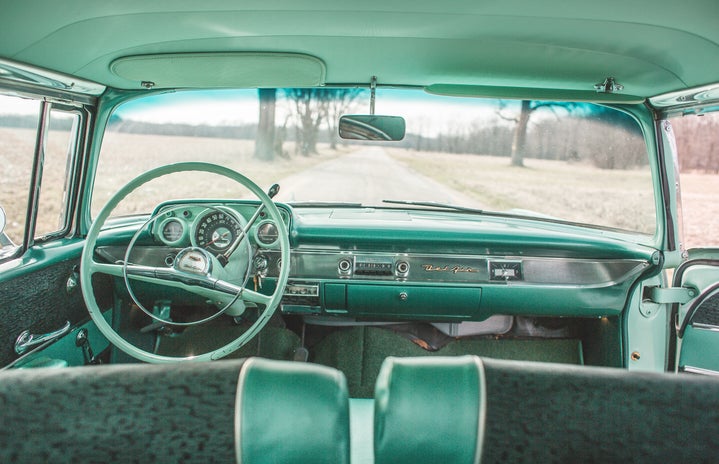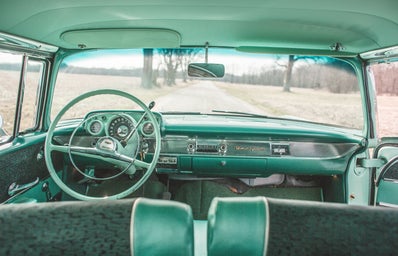I recently began learning how to drive a car. Every time I steer the wheel or swerve the car swiftly, I feel like the coolest person ever. I imagine myself wearing a jumpsuit, leather jacket and black goggles with some hard rock music playing in the background. To be able to go on road trips and drive to college were the dreams that followed. I acknowledge the futility and wastefulness of the current automobile system, but still, I felt a sort of guilty pleasure in my car fantasy.
Before the industrial revolution, the mere possession of a car was a matter of status. This was because cars were a handmade rarity that only the rich or inventor genius could access. The Ford Model T working on assembly lines and standardization made automobile purchases and maintenance accessible to the middle classes. Possession of an automobile meant that the owner was part of the modern age. Marketing and cheap pricing made the car a “must-have” for all. Gradations within cars became necessary to assert one’s status superiority.
Catering to the fancies of class distinction, American car manufacturers, post the Ford Model T success, organized production in the annual model. Every year a new model was released with slightly different modifications. Status became the possession of the namesake latest model. However, this wasn’t sufficient. The car had to be transformed from a medium that eases transportation to an object displaying one’s bank worth. The schema of having a fancy car outside a fancy house became widespread through gimmick marketing and swanky technology. Soon stratification began within the luxury car market as well. This was based on the car’s colour, vestigial features, aspirational labels, niches etc.
General Motors had a product line that included the basic Chevrolet, the slightly more desirable Pontiac, the middle-of-the-line Oldsmobile, the very respectable Buick, and the top-of-the-line Cadillac. Ford offered the Ford, the higher status Mercury, the elite Lincoln, and the Continental Mark IV for its most affluent customers.
https://discover.hubpages.com/autos/The-Evolution-of-Automobiles-as-Status-Symbols
Owning the right car became a social necessity within the African-American community as well. Despite being from a marginalized background, status consciousness and its display found a common ground in cars. The Cadillac became the stereotype vehicle for a POC who has arrived. This aspiration is visible in rap and hip hop which were born in the New York ghettos. Marketed as luxurious and powerful, Cadillacs and Lincoln represented white establishments. The nexus between mainstream hip hop and luxury cars shows a cultural affinity of a mono-cultural consumerist mentality.
The female body has been marketed as a car accessory. Often at car launches, show models are hired to pose with the new launch and increase its “attractiveness. Similarly, in any cinematic display of car racing, there’s always a woman dressed in a certain way who flags off the race. Later, the male winner swirls his celebratory champagne on that character, while she dances happily. The “flag girl” seems to be another product of the male gaze. However, this is not to judge the personality of the model or the flag girl. In the high toxicity of worldwide misogyny, women have to adopt male fantasies to sustain themselves. As it is said hate the game, not the players.
Everything beyond necessity is a status symbol really, including my gangster lady driving a car fantasy. And if we have to move towards a world where status is immaterial, we will have to become immaterial. That is, deconstructing one’s aesthetic or status symbol and understanding their visible or invisible implications.


